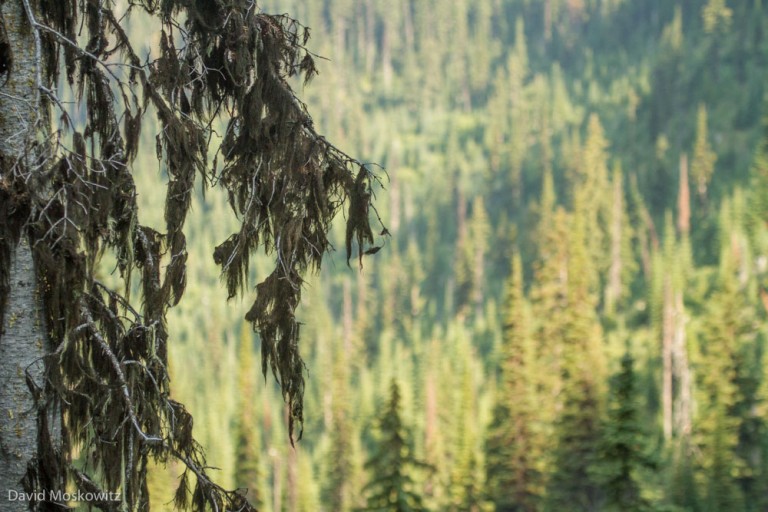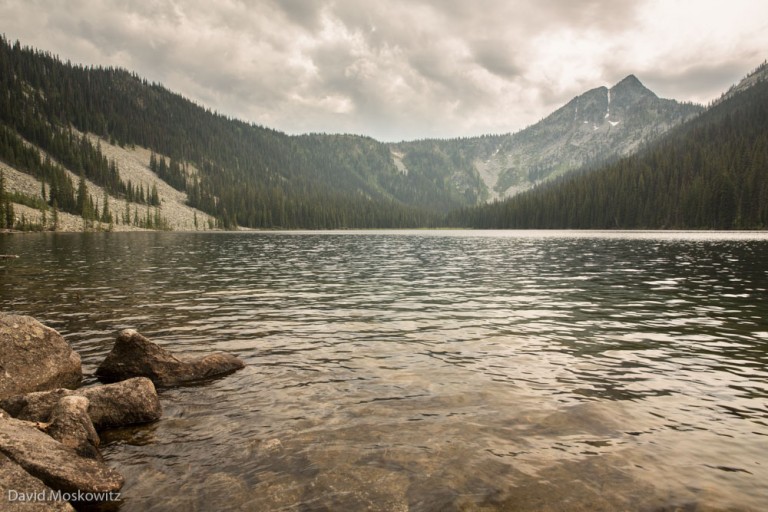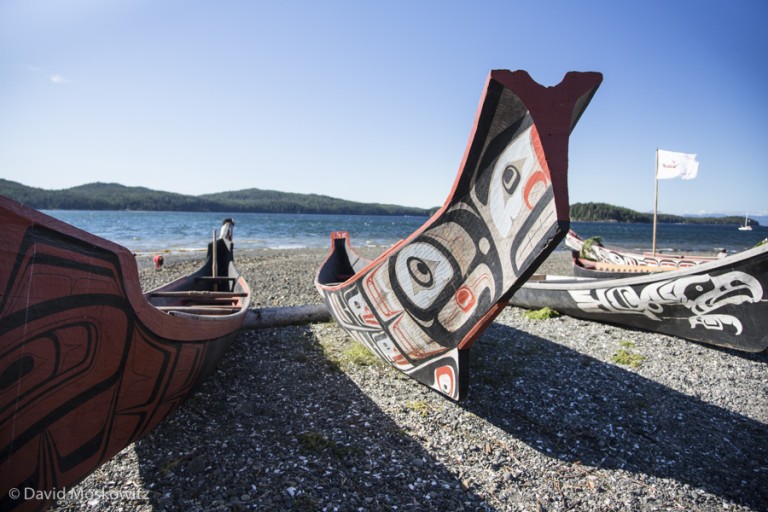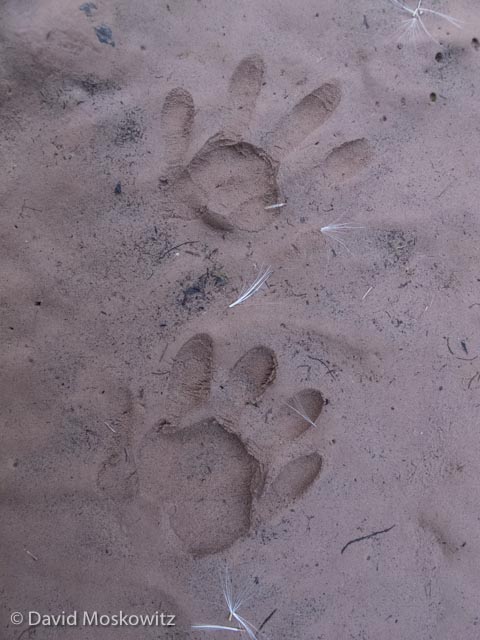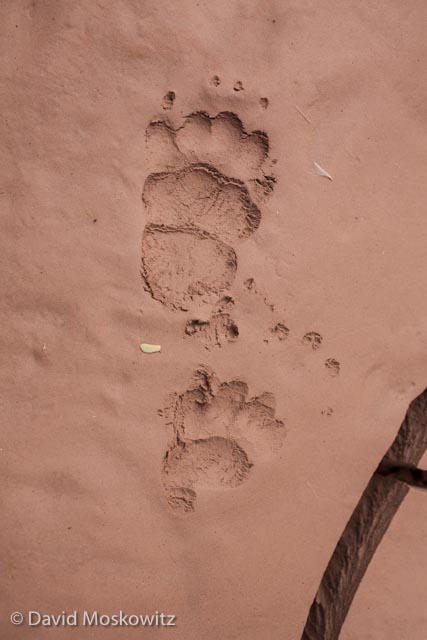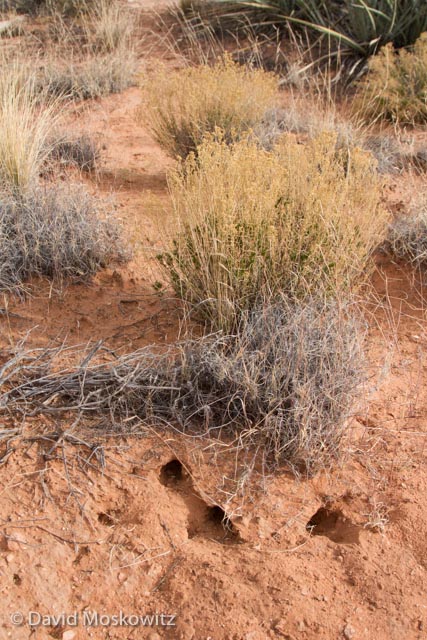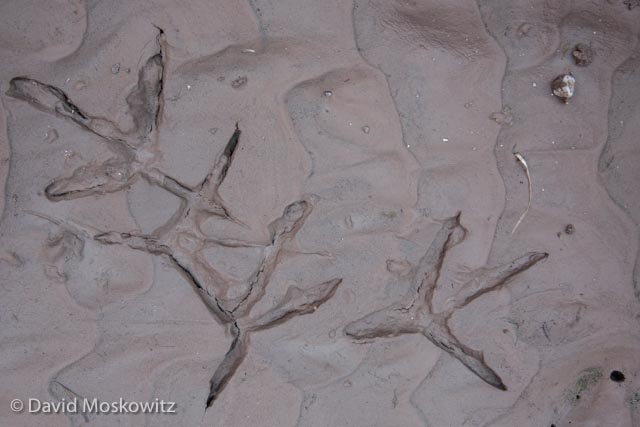Why is Representative Newhouse defending the coal industry and silent on climate change?
David Moskowitz, February 3, 2017, Winthrop Washington
Last week our US Representative, Dan Newhouse took the floor in Congress and delivered a lengthy commentary on the need to roll back regulations put in place by the Obama administration to protect streams from coal mining waste. He laid out his case for why these regulations are a threat specifically to America’s coal industry. The merits, or lack there of, of his case can be debated—the regulations he discussed are complicated as are how to evaluate them. The coal industry is not a substantive presence in our district, a fact that makes this subject even more challenging for us, his constituents, to fully grasp. Which presents the truly questionable nature of his remarks. Why is our Representative spending his time (our time) defending an industry that is both absent from our district and demonstrably poses significant threats to the vibrant economy we do have here?
Representative Newhouse has made his position that he recognizes that climate change is real and has even proactively engaged in working to support efforts on the federal level to deal with some of the consequences of climate change on our region. Those of us truly interested in a bright future for our region should be grateful our Representative isn’t living in the world of “alternative facts” which drive many in the Republican party to deny the reality of this very real problem we are facing. That being said, in past statements, Newhouse has also suggested that it doesn’t appear much can be done to reverse climate change and even questioned whether climate change was caused by humans at all. This is either a case of a politician attempting to take both sides of an issue publically, or an indication that perhaps our Representative does occasionally indulge in the world of “alternative facts” which are eroding our social dialogue and political process in this nation.
The fact of the matter is, coal and fossil fuel consumption around the globe is driving climate change and the impacts do not look good for our district. Increasing wildlife risk, increasing shortages of agricultural water are real issues we are facing now which are predicted to get worse. Perhaps most ironically, the bountiful hydropower which provides reliable, affordable, and carbon neutral energy for our region could be threatened by the variable weather conditions and decreased snowpack our region will face. In this sense, our Representative is actually spending our time working against our best interests.
Why doesn’t Newhouse let members of Congress from coal country advocate for the needs of their constituents? We need our Representative to represent ours. Our regions is both poised to support and benefit from our nation continuing a transition away from a fossil fuel economy. Alternately, we have much to loose from the impacts of climate change if we do not address it in a real and meaningful way. It's a shame Dan Newhouse is apparently more concerned about the vitality of the American coal industry then the citizens of his Congressional District.




